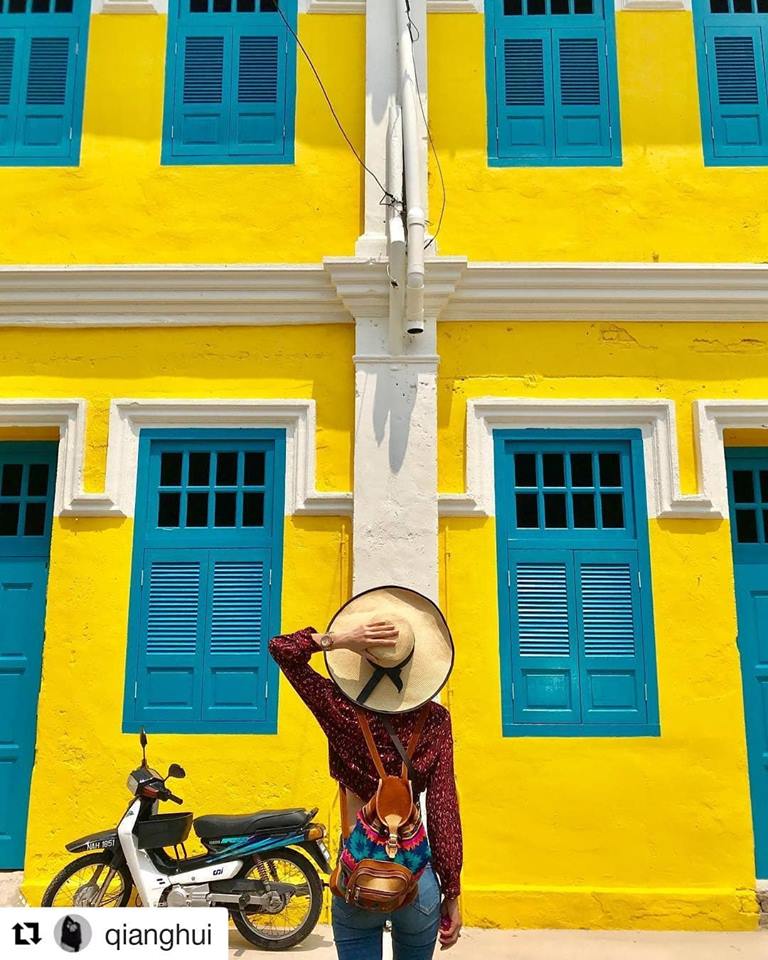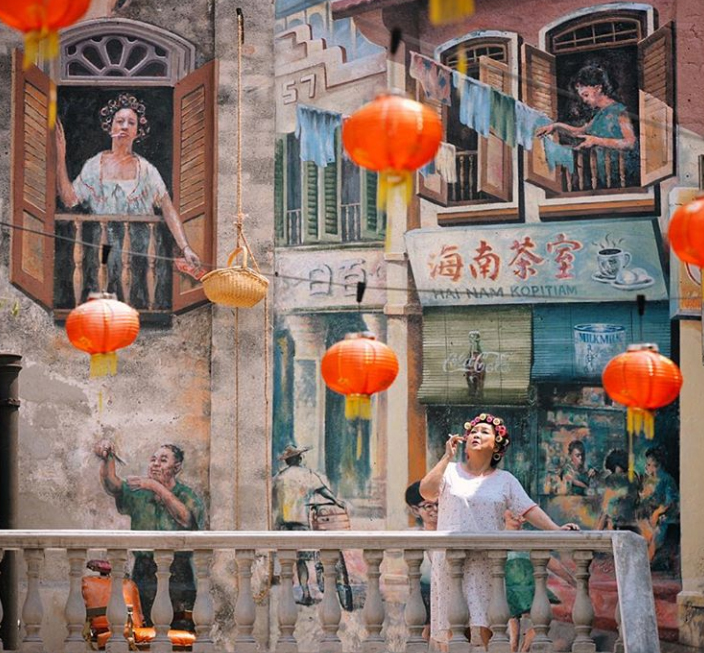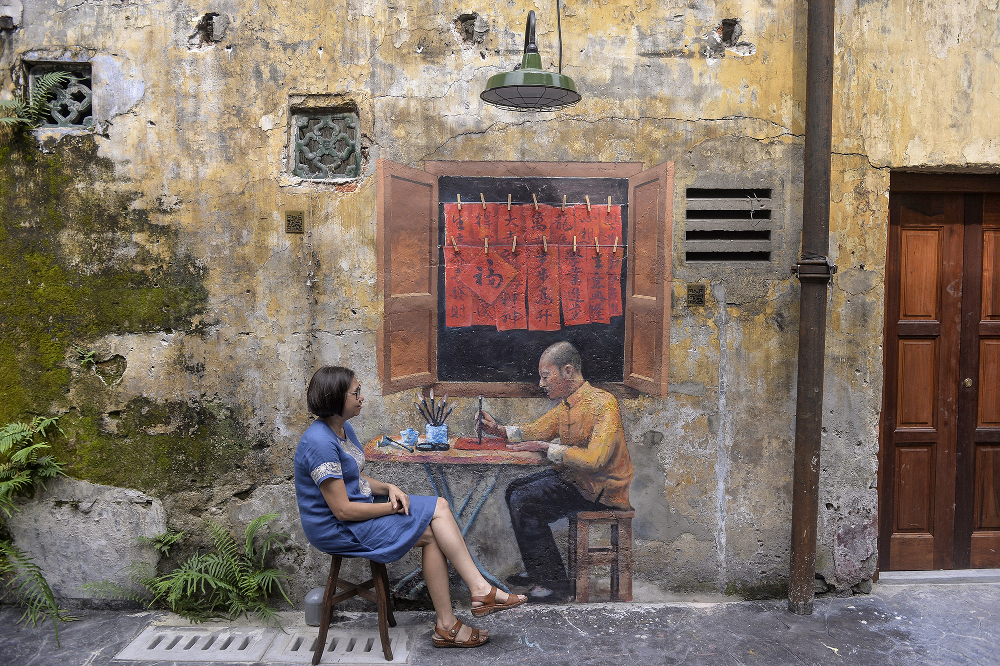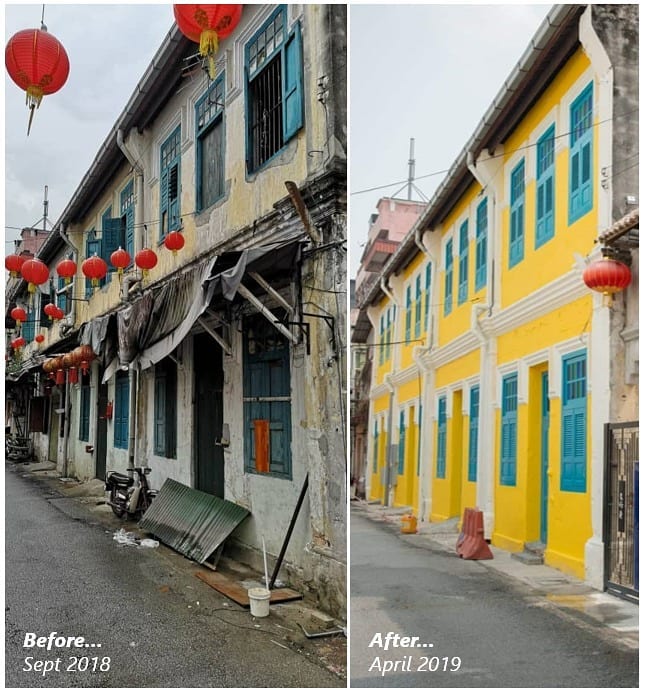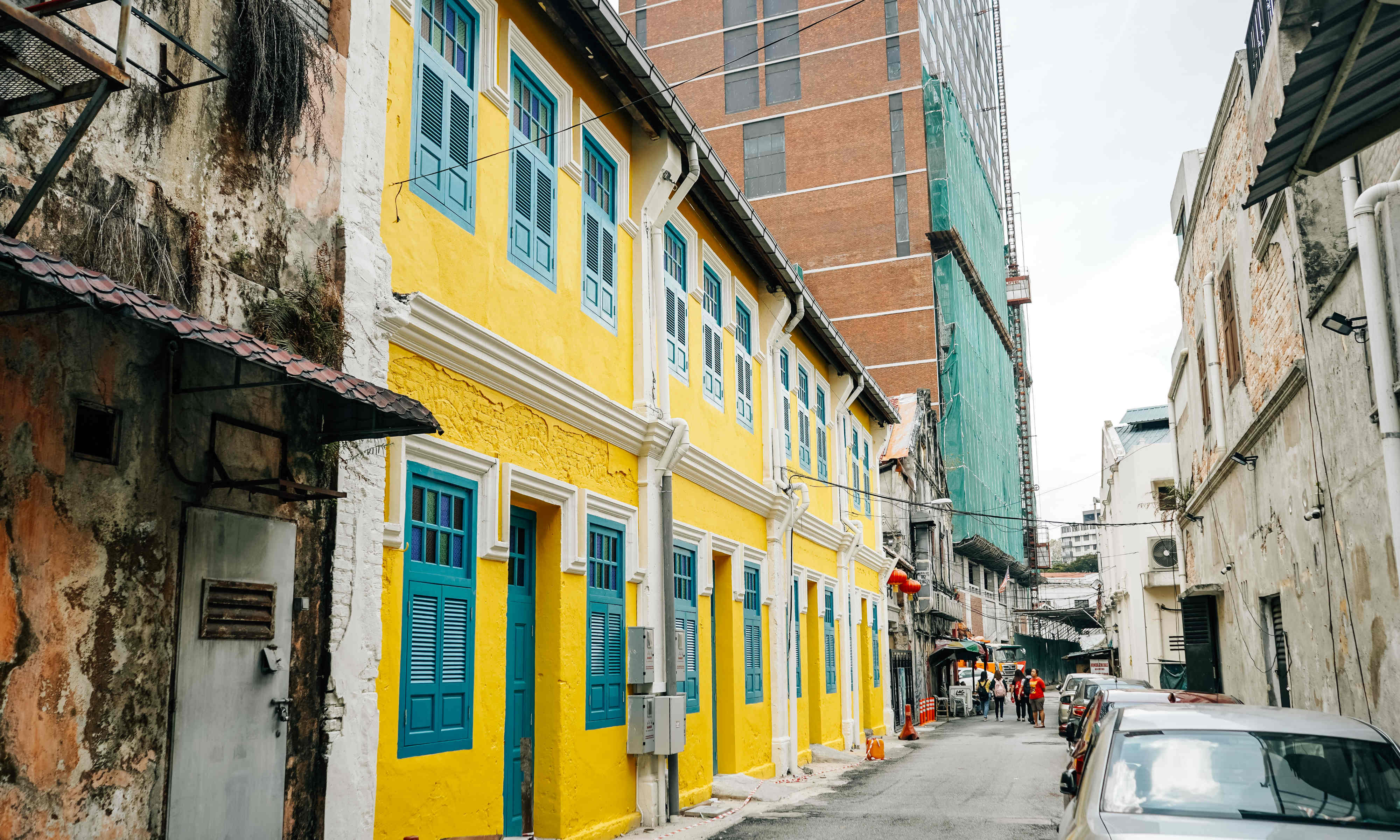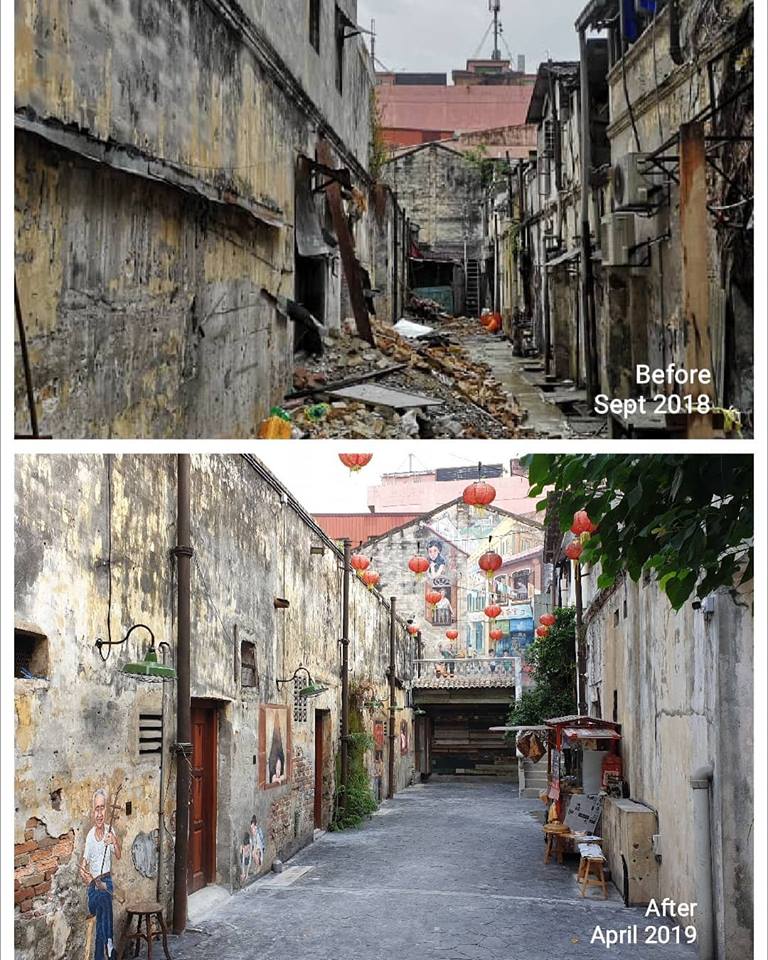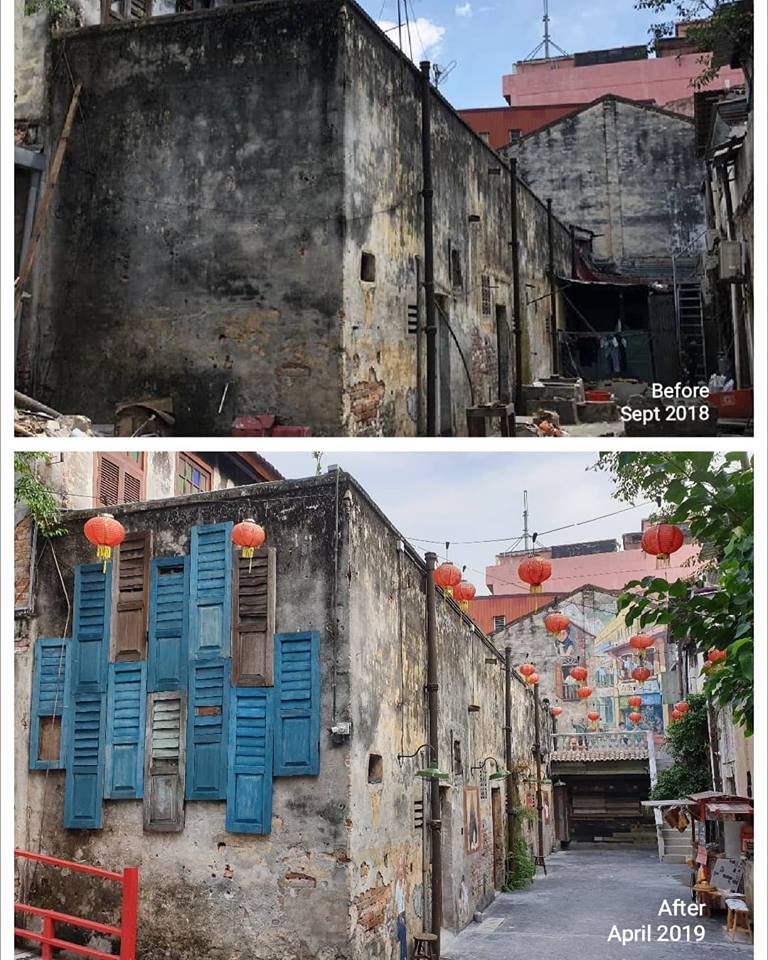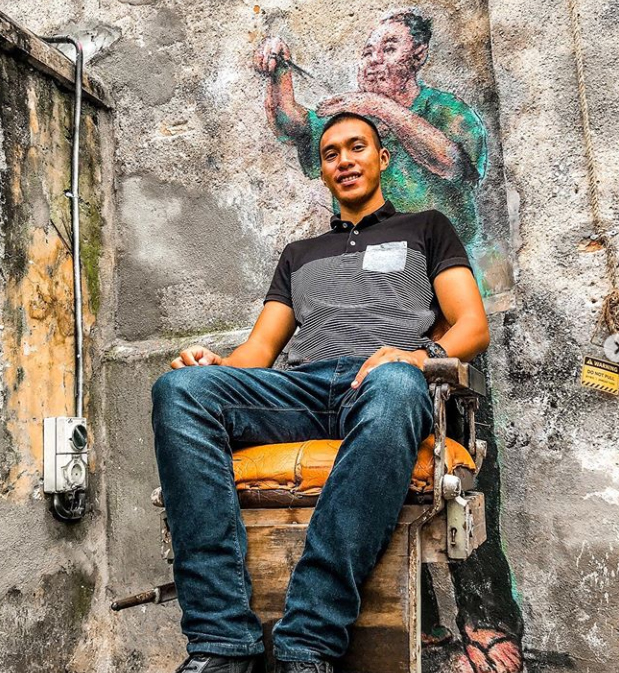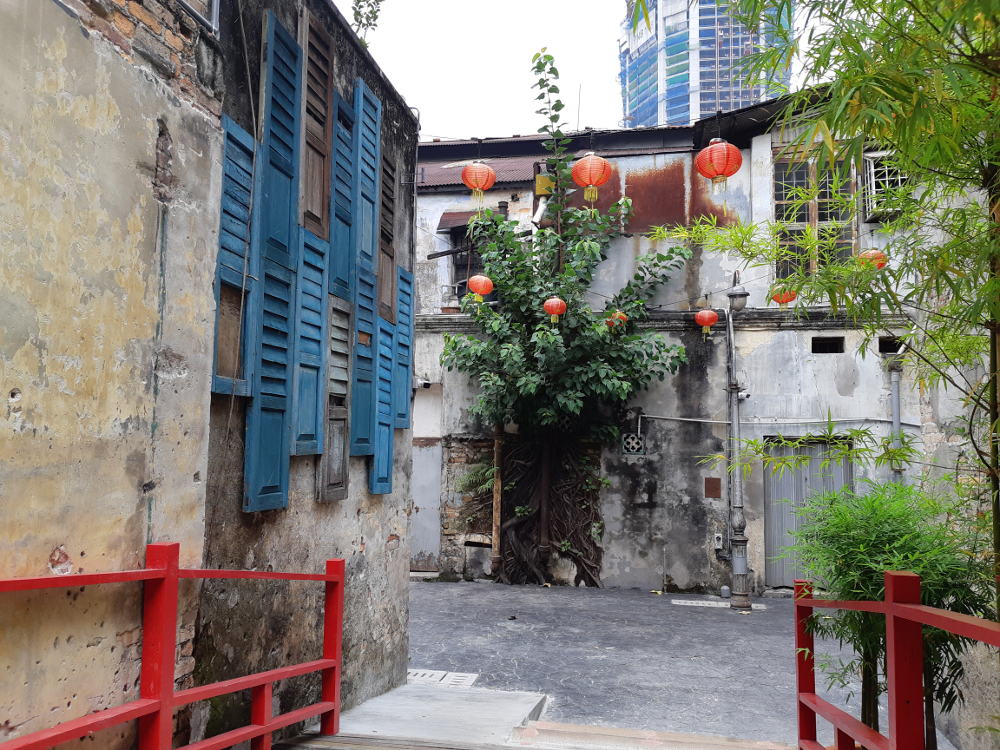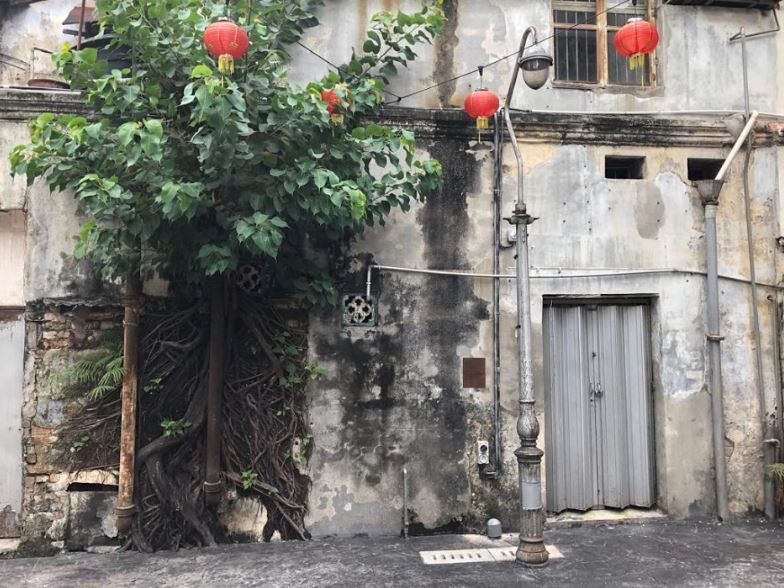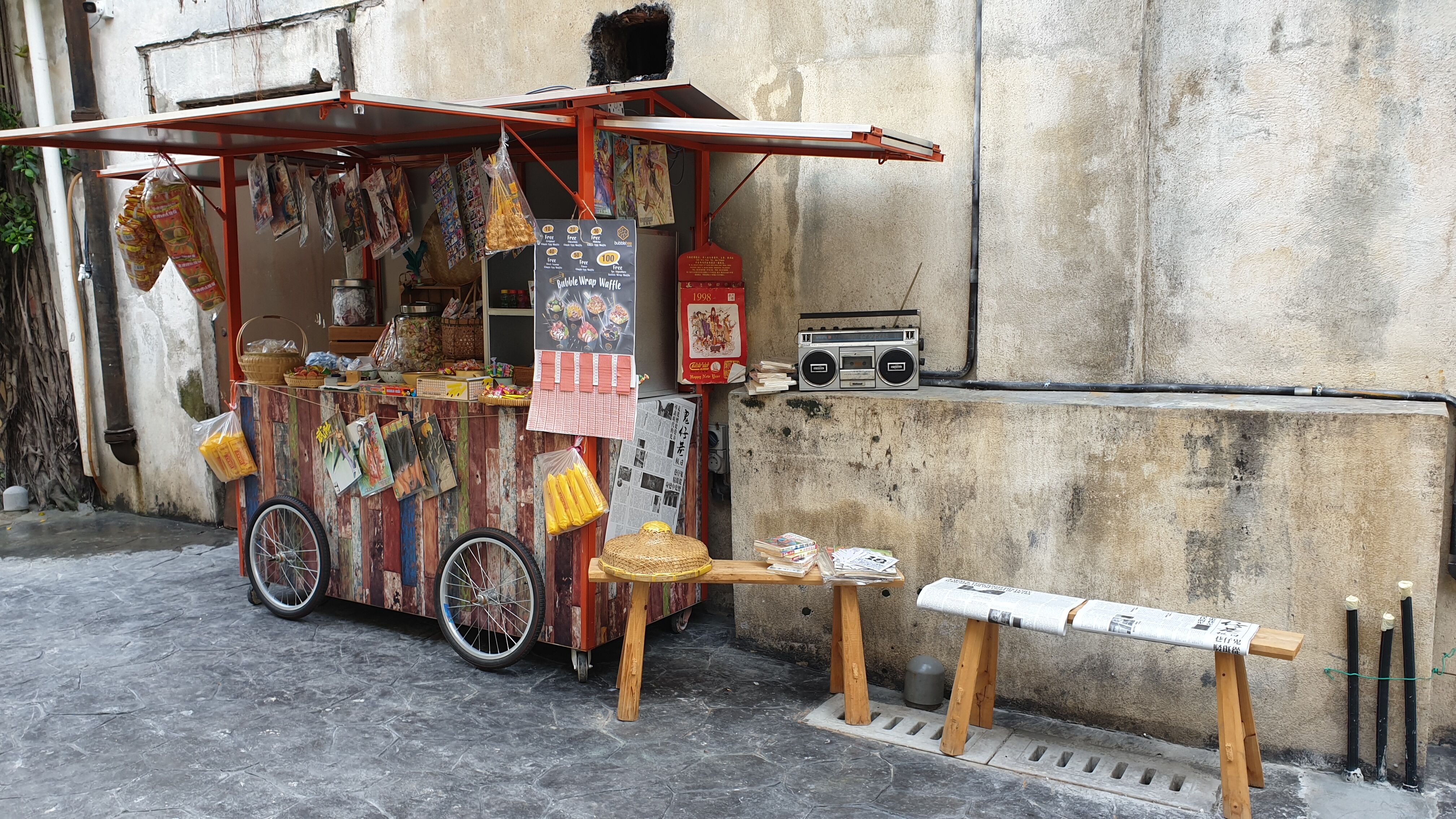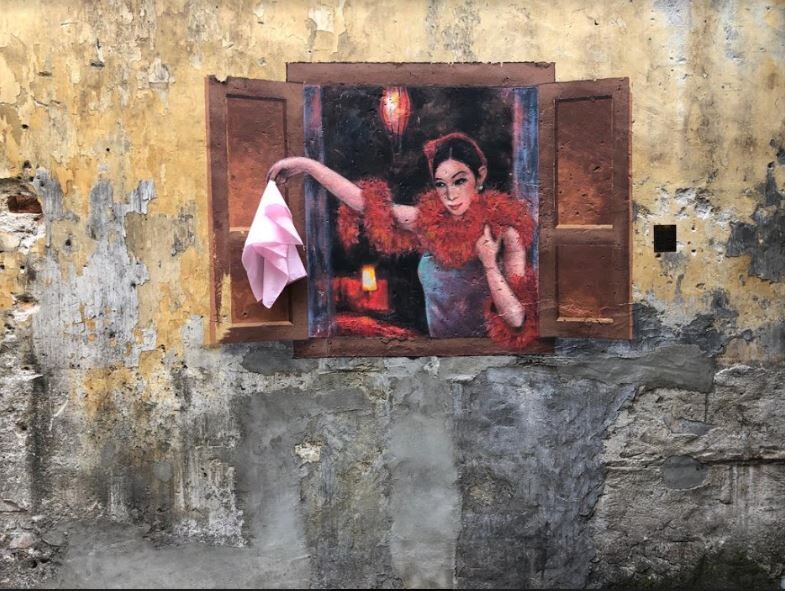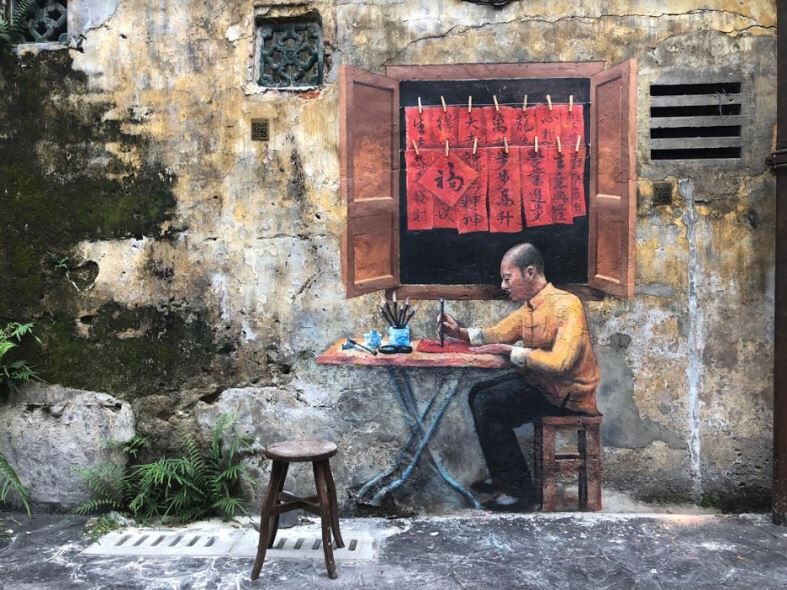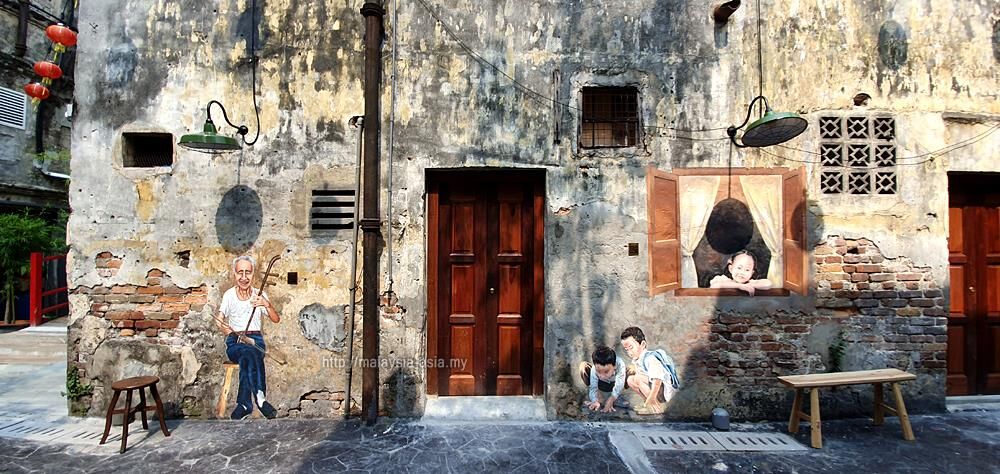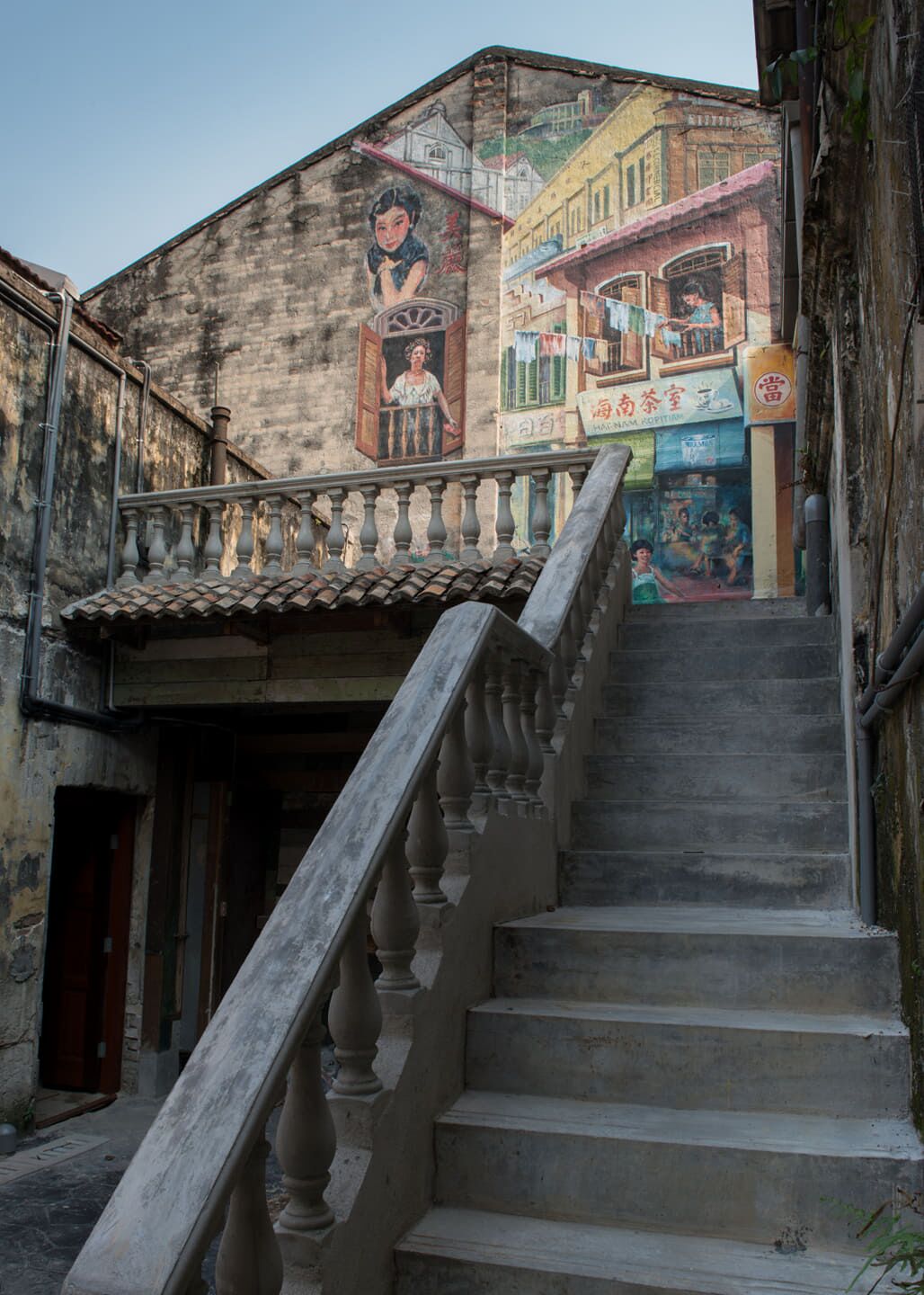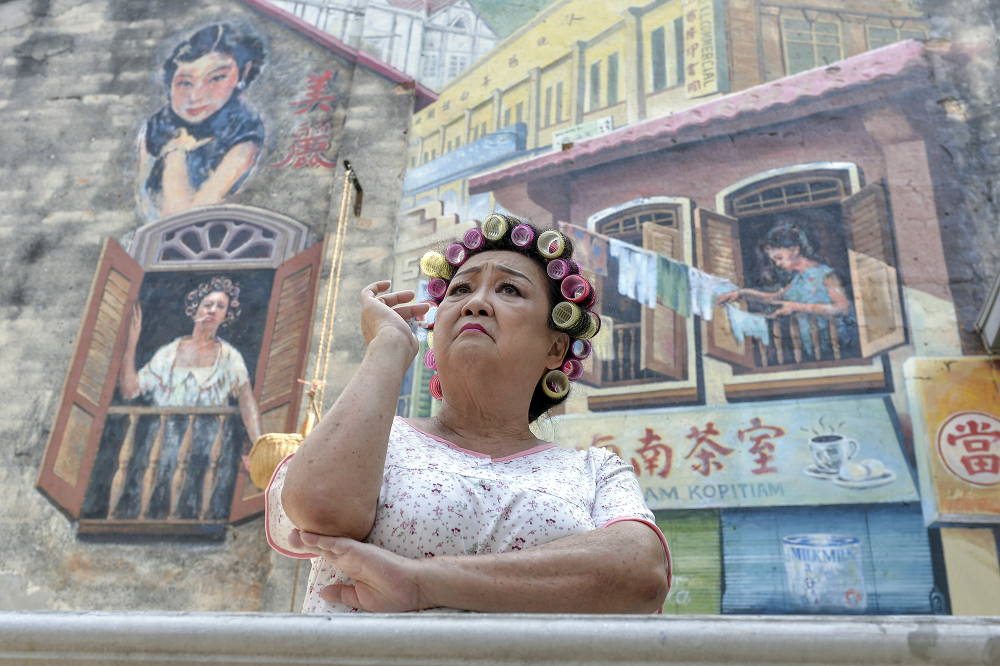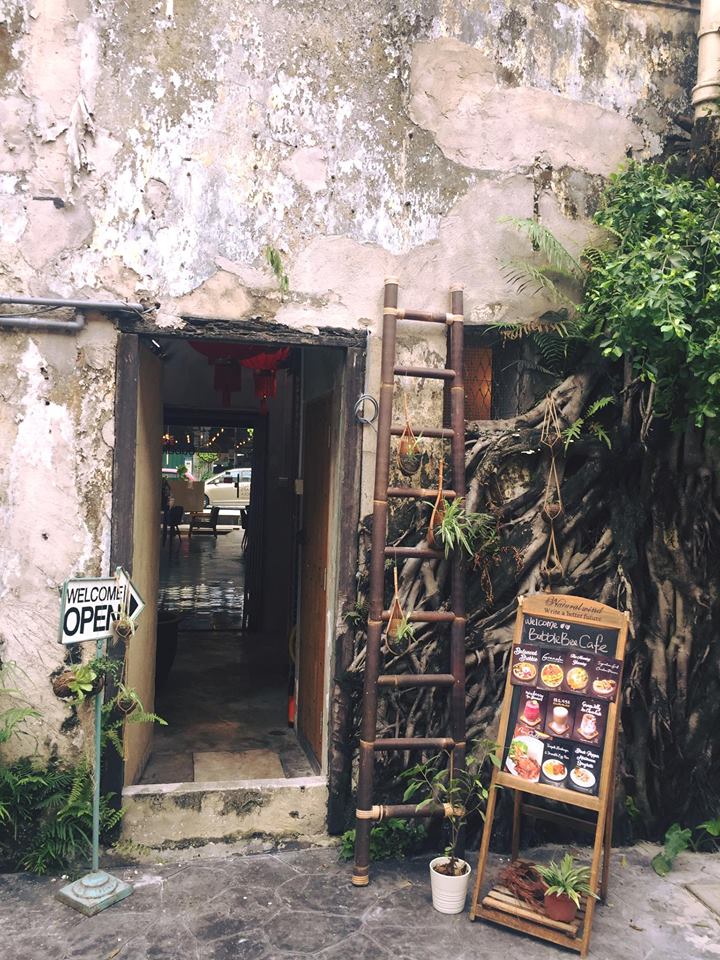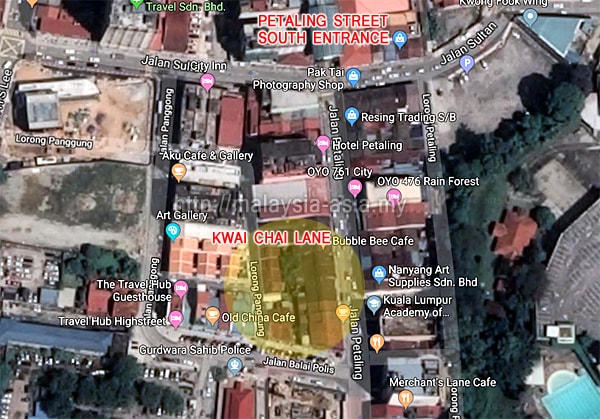This Neglected "Hidden" Alley In KL Has Been Revived Into A Charming Insta-Worthy Spot
Looks like Penang but it's not.
Nestled within the heart of Kuala Lumpur is a charming "hidden" lane that has become a popular Insta-worthy spot
As part of a once-neglected alley, this row of quaint heritage shoplots was typically ignored by passers-by.
However, a group of five entrepreneurs thought differently.
Ho Yung Wee, Coco Lew, Terence Liew, Javier Chor, and Zeen Chang partnered together on a "passion project" – called Project Kwai Chai Hong – to bring the neglected lane back to life.
"Before we took over the laneway, it was in a very dilapidated state – infested with rodents and roaches. It was also a hideout for some homeless individuals," Zeen shared with SAYS
Together with five local artists – Khek Shin Nam, Chan Kok Sing, Chok Fook Yong, Chew Weng Yeow, and Wong Leck Min – the team set out to bring back the glory days of KL Chinatown.
The project's goal, which took seven months to complete, was to revive the heritage buildings to reflect early Chinese settlers who lived there during the 1960s
The term "Kwai Chai Hong" is believed to have three origins.
"Some long-term residents claim it came about when children ran around the laneway on rainy days. Senior citizens would refer to the children as 'kwai chai', which translates to ghost children as a colloquial slang.
"The energy emitted from the children's voices made people believe they were up to mischief," Zeen explained.
The Cantonese word 'hong' refers to lane or alley in English.
"Another source cited the presence of illegal businesses in this area as the reason for the moniker of Kwai Chai Hong. During the early days of the Chinese settlers, it was an area haunted by petty gamblers, drunkards, drug addicts, and people participating in vice activities," she added.
"Whilst some remembered that the name 'Kwai Chai' was used to address the members of a gangster group who used to 'own' this back alley – thus naming this lane 'Kwai Chai Hong'."
The entrance to Kwai Chai Hong begins with an arch and four unique buildings that were built between 1884 and 1906
"Although these buildings were built during British colonialism, they are believed to have been built in the Guangdong Xiguan style with the narrow doors and windows and the lack of a five-foot walkway," Zeen revealed.
The four quaint-looking buildings were famous for their blue doors and windows for many years.
"Today, it has been restored from its dilapidating state with some of the original windows still being displayed on the walls of Kwai Chai Hong," she added.
Beyond the arch is the famous "Red Bridge", which was built to mask the back entrances of restaurants that open into Kwai Chai Hong's walkway
To create an "even more immersive experience for visitors", QR codes were also installed in the area allowing the public to experience interactive mural paintings through sight and sound.
"On the top of the bridge, the first interactive mural is presented. Here, you will see a couple seated on the bridge with an audio sound played through a QR Code – presenting a conversation between the couple during the 1960's Chinese dating scenes," Zeen shared.
Located about 15 steps to the right of the bridge is Kuala Lumpur's oldest lamp post – which dates back to around 1903 to 1904 when electricity first arrived to the city
"We call this our 'Century Old Lamp Post' – and mind you, we have restored it to be in a functioning state," the entrepreneur added.
Several murals line the walls beyond the bridge – an Erhu uncle, kids playing, a calligrapher, and a prostitute – each depicting a lifestyle from the 1960s
Towards the end of the lane is a staircase that leads visitors to a stunning two and a half storey mural – "the signature look of Kwai Chai Hong", which depicts the 1960s era where residences and businesses shared a small unit or lot
The mural introduces a landlord or landlady, a common character who would usually divide a single unit into many tiny rooms and is seen going around to collect rent.
Zeen pointed out that the giant-sized mural showcases significant buildings of the Chinese community – Chin Woo Stadium being one of them.
At the end of the lane, you'll see Bubble Bee Café, a spot where you can relax and enjoy desserts, coffee, and wraps.
Here's where Kwai Chai Hong is located:
The laneway is located in between Lorong Panggung and Jalan Petaling, also commonly known as Petaling Street.
It's a five-minute walk from Pasar Seni MRT station.
Kwai Chai Hong is open to visitors from 9am to 6pm daily with no entrance fee needed.
